
Can AIs be conscious? Should we consider them as persons? Here are my current thoughts.....
blog.dileeplearning.com/p/ai-conscio...
@dileeplearning.bsky.social
AGI research @DeepMind. Ex cofounder & CTO Vicarious AI (acqd by Alphabet), Cofounder Numenta Triply EE (BTech IIT-Mumbai, MS&PhD Stanford). #AGIComics blog.dileeplearning.com

Can AIs be conscious? Should we consider them as persons? Here are my current thoughts.....
blog.dileeplearning.com/p/ai-conscio...

blog.dileeplearning.com/p/quick-note...
TLDR: It was fun and the process felt 'magical' at times. If you have lots of small project ideas you want to prototype, vibe-coding is a fun way to do that as long as you are willing to settle for 'good enough'.

Those who think there's an AI bubble are unaware of a recent breakthrough....
www.agicomics.net/c/ag-breakth...

New and improved and 10000% vibe-coded! Check out www.agicomics.net
20.10.2025 00:25 — 👍 1 🔁 0 💬 0 📌 0
1/4) I’m excited to announce that I have joined the Paradigms of Intelligence team at Google (github.com/paradigms-of...)! Our team, led by @blaiseaguera.bsky.social, is bringing forward the next stage of AI by pushing on some of the assumptions that underpin current ML.
#MLSky #AI #neuroscience
Jesus Christ.
17.09.2025 17:46 — 👍 3518 🔁 1398 💬 49 📌 52Yes, it counts.
18.09.2025 05:56 — 👍 1 🔁 0 💬 0 📌 01/
🚨 New preprint! 🚨
Excited and proud (& a little nervous 😅) to share our latest work on the importance of #theta-timescale spiking during #locomotion in #learning. If you care about how organisms learn, buckle up. 🧵👇
📄 www.biorxiv.org/content/10.1...
💻 code + data 🔗 below 🤩
#neuroskyence
Thank you! Looks like I was able to fix it by adding one more rule to the domain forwarding setup at squarespace.
17.09.2025 18:00 — 👍 1 🔁 0 💬 1 📌 0Hmmm….i need to vibe fix this….tomorrow!
17.09.2025 10:11 — 👍 1 🔁 0 💬 1 📌 0
#AGIComics now has a website! And it is 100% vibe coded!
Check out agicomics.net

Illustration of the brain in blue and yellow
12 leading neuroscientists tackle a big question: Will we ever understand the brain?
Their reflections span philosophy, complexity, and the limits of scientific explanation.
www.sainsburywellcome.org/web/blog/wil...
Illustration by @gilcosta.bsky.social & @joanagcc.bsky.social
🎯
05.06.2025 21:53 — 👍 11 🔁 2 💬 0 📌 0Ohh ok I realize that @tyrellturing.bsky.social mentioned evolution. Fine then. But then which neuroscientist believes this?
15.05.2025 18:04 — 👍 3 🔁 0 💬 1 📌 0Hmm…I don’t think it’s impossible.
Evolution could create structures in the brain that are in correspondence with structure in the world.

Here's the CSCG paper: www.nature.com/articles/s41...
And here' the CML paper:
www.nature.com/articles/s41...
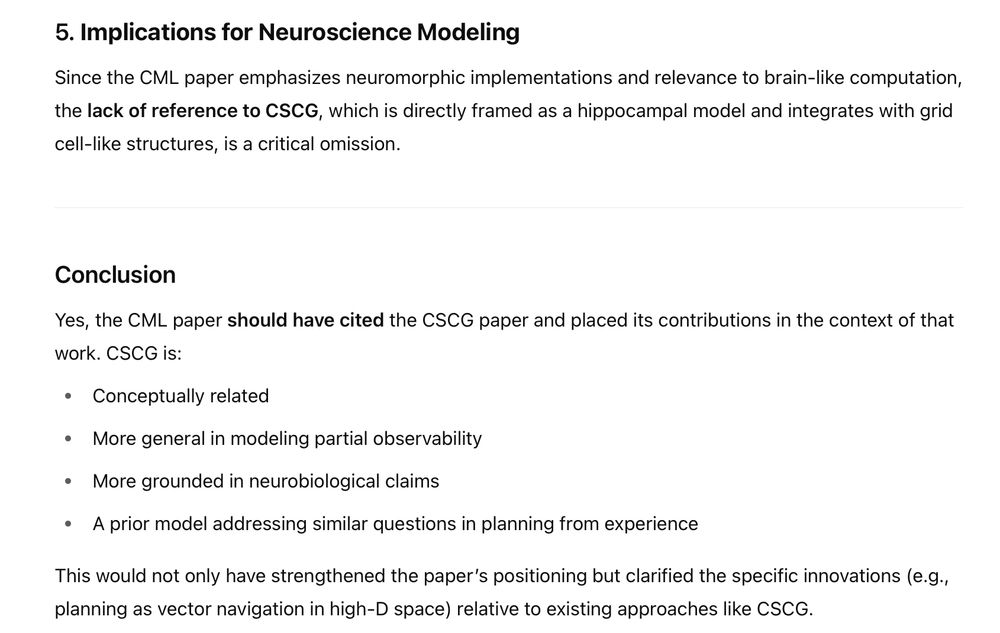
Good conclusion :-).
15.05.2025 01:22 — 👍 1 🔁 0 💬 1 📌 0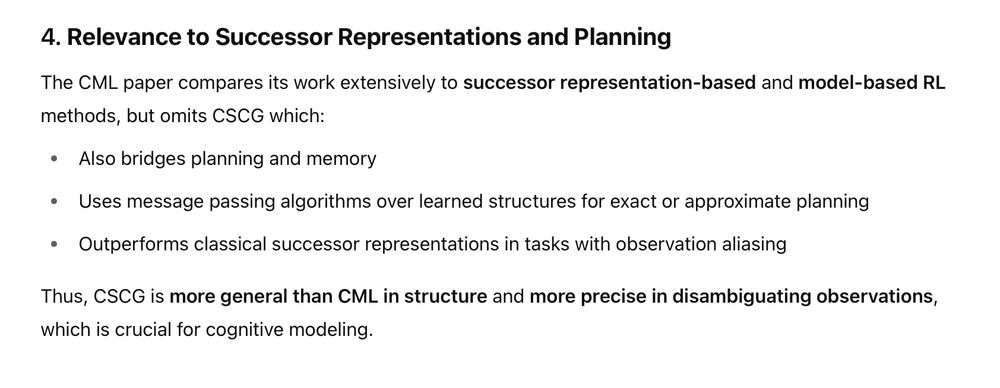
somehow chatGPT understand my opinion about successor representations? 4/
15.05.2025 01:22 — 👍 0 🔁 0 💬 1 📌 0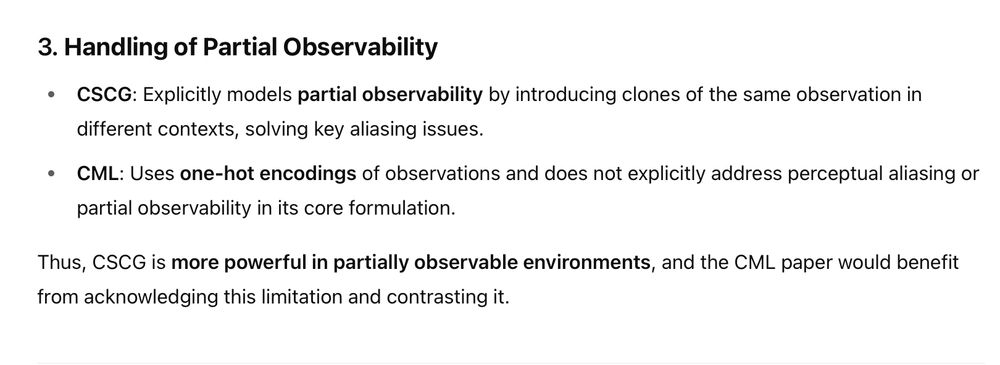
I didn't mention partial observability specifically, so it is impressive that this was picked up. Looks like we did something right in our CSCG paper in making this explicit? 3/
15.05.2025 01:22 — 👍 0 🔁 0 💬 1 📌 0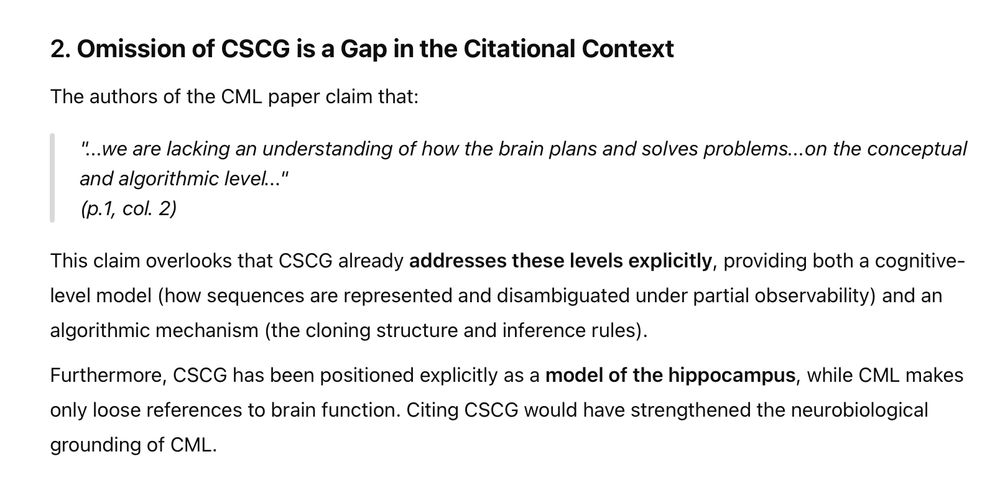
It is quite impressive that chatGPT picked up these nuances, picks up a relevant quote from the paper and even emphasizes portions of the response. 2/
15.05.2025 01:22 — 👍 0 🔁 0 💬 1 📌 0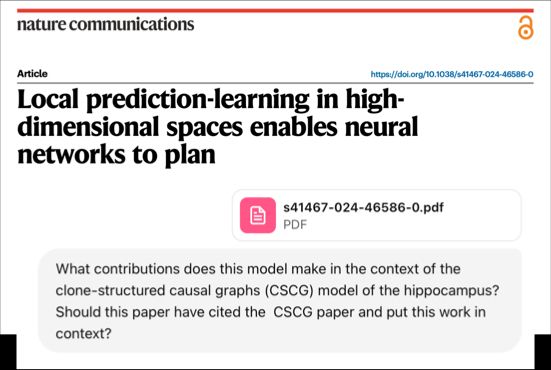
This paper turned up on a feed, I was intrigued by it and started reading...
..but then I was quite baffled because our CSCG work seem to have tackled many of these problems in a more general setting and it's not even mentioned!
So I asked ChatGPT... ...I'm impressed by the answer1. 1/🧵
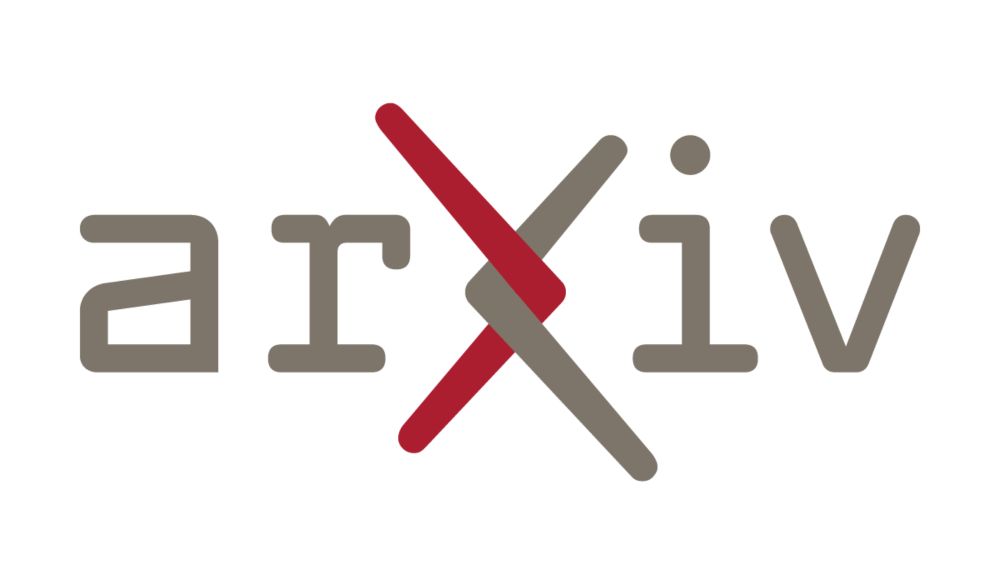
Some of our work could explain this kind of latent graph learning and schema-like abstraction. 2/
arxiv.org/abs/2302.07350
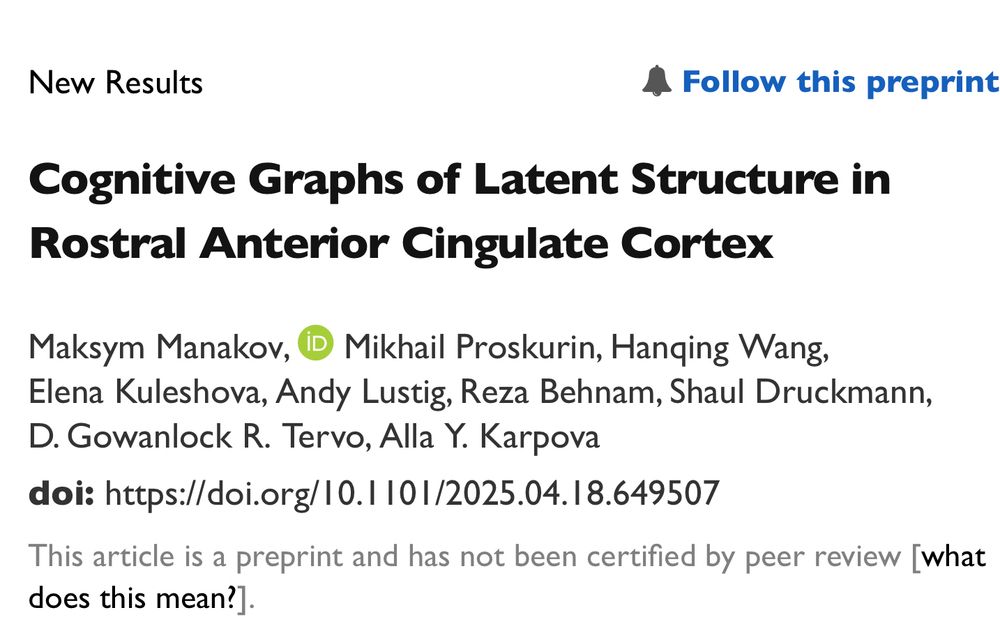
Wow, very cool to see this work from Alla Karpova's lab. She had shown me the results when I visited @hhmijanelia.bsky.social and I was blown away.
www.biorxiv.org/content/10.1...
1/
it takes a bit of getting immersed in the field to know this :-)
27.04.2025 21:15 — 👍 1 🔁 0 💬 1 📌 0This comic would be an inside joke. Many neuroscience papers that study a brain region postulate that the current does a simple transformation of the input to make it easy for brain regions that are 'downstream' to solve the real problem effectively deferring the real problem. ...
27.04.2025 21:14 — 👍 1 🔁 0 💬 1 📌 0𝗛𝗼𝘄 𝘀𝗵𝗼𝘂𝗹𝗱 𝘄𝗲 𝗱𝗲𝗳𝗶𝗻𝗲 𝗮𝗻𝗱 𝗱𝗲𝘁𝗲𝗿𝗺𝗶𝗻𝗲 𝗮 𝗯𝗿𝗮𝗶𝗻 𝗿𝗲𝗴𝗶𝗼𝗻'𝘀 𝗶𝗺𝗽𝗼𝗿𝘁𝗮𝗻𝗰𝗲?
We introduce the idea of "importance" in terms of the extent to which a region's signals steer/contribute to brain dynamics as a function of brain state.
Work by @codejoydo.bsky.social
elifesciences.org/reviewed-pre...
It's kinda obvious. #AGIComics has already figured out which brain region is the most important. 😇
27.04.2025 20:56 — 👍 25 🔁 5 💬 3 📌 0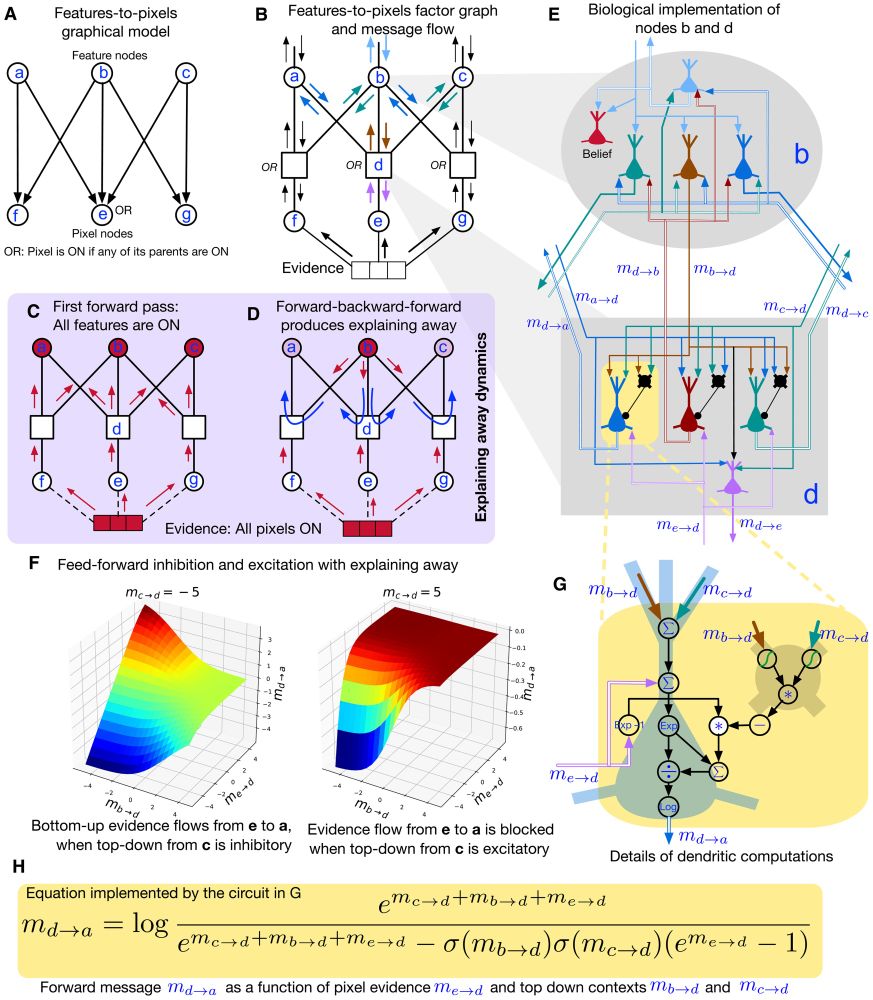
And whether top-down't influence is multiplicative or not is very context-dependent. (this is also what is seen in neurobiology). www.science.org/doi/10.1126/...
26.04.2025 00:59 — 👍 5 🔁 0 💬 1 📌 0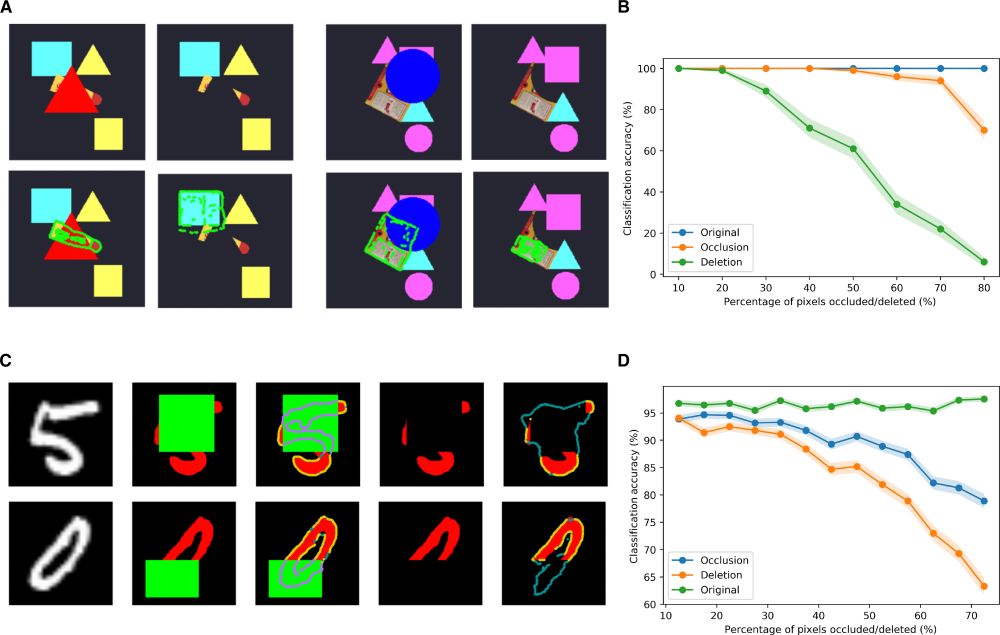
www.science.org/doi/10.1126/...
26.04.2025 00:57 — 👍 0 🔁 0 💬 1 📌 0Explaining away is a concrete role for feedback computations, and here is one example showing its effect. ....there are many more examples in the paper.
www.science.org/cms/10.1126/...